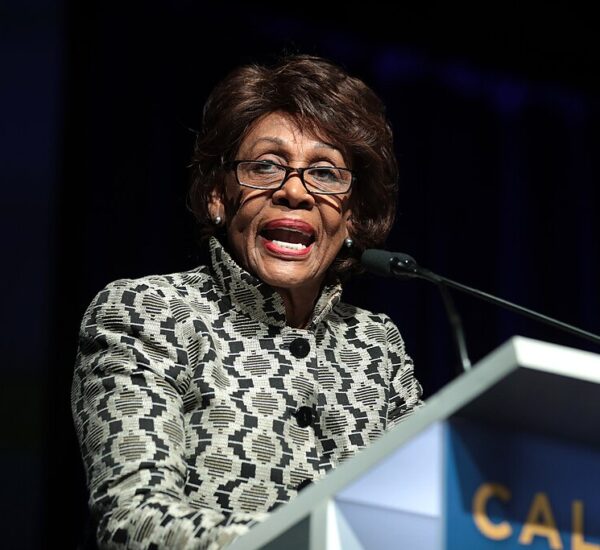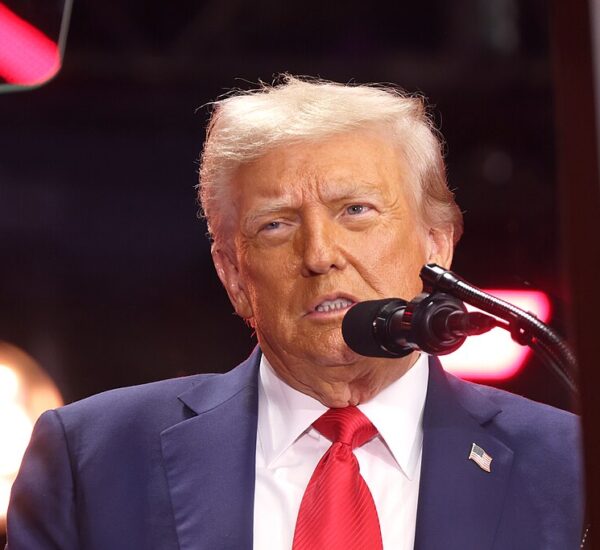Senate Republicans Major Changes To Trump’s Plan
Senate Republicans are gearing up for a major battle to overhaul the House’s budget resolution as they work to push forward key conservative priorities. Speaker Mike Johnson (R-La.), with strong backing from President Trump, successfully moved the House’s budget plan to implement Trump’s ambitious agenda through a crucial vote. While Senate Republicans are relieved that the House has cleared the way, they remain frustrated with certain provisions in the plan—particularly the failure to make the 2017 Trump tax cuts permanent and the significant Medicaid cuts necessary to finance the package.
The effort to move Trump’s priorities forward is now entering a critical phase, with both sides trying to align their positions. Senate Majority Leader John Thune (R-S.D.) acknowledged that finding common ground won’t be easy, calling it a complicated and difficult process. “There are things we need to work with the House package to improve,” Thune explained.
Republicans are determined to advance much of Trump’s legislative agenda through a process known as budget reconciliation, which bypasses the Senate filibuster. A budget resolution sets the framework for this process and outlines the parameters lawmakers must follow when crafting a final bill. Earlier this month, frustrated by the House’s slow progress, the Senate moved forward with its own budget resolution as part of a two-phase approach. But the House’s recent vote has shifted the focus back to Senate Republicans, who are now tasked with inserting their top priorities into a single massive package.
Making the Trump tax cuts permanent is a top priority for Senate Republicans, including Thune, who have made it clear that this is a red line in negotiations. The House’s plan extends the tax cuts but caps them at $4.5 trillion—insufficient to make them permanent. However, Senate Republicans are optimistic that President Trump supports their version of the plan, which could help push it through.
Meanwhile, Senate Finance Committee Chair Mike Crapo (R-Idaho) is already working on changes to the House bill. “The work begins over here,” Crapo told reporters. He noted that adjustments to the tax structure would be necessary, and they would start addressing the cuts now that they have a clearer picture of the House’s numbers.
One strategy under consideration by Senate Republicans is to treat tax cuts as a continuation of current policy, allowing them to bypass the need for offsetting spending cuts. “We’re not introducing new law, we’re extending the existing law,” Speaker Johnson explained, hoping this maneuver would streamline the process.
However, the House proposal has hit a roadblock over deep cuts to Medicaid. The plan directs the Energy and Commerce Committee to find $880 billion in savings, which many Republicans, including Sen. Josh Hawley (R-Mo.), argue would inevitably require cutting Medicaid. Hawley, representing a state with a significant number of people on Medicaid, strongly opposes such cuts, warning that they would be devastating to Missouri families.
Even President Trump has weighed in, reassuring reporters that Medicaid, Medicare, and Social Security will remain untouched. “We’re not going to touch it,” he declared, emphasizing his focus on eliminating fraud in these programs rather than slashing benefits.
Senate Republicans, including Budget Committee Chair Lindsey Graham (R-S.C.), are now focused on a major overhaul of the House proposal, addressing issues like the permanency of the tax cuts and the Medicaid cuts. Graham described the House plan as inadequate and emphasized that significant changes will be needed.
There is also ongoing debate about whether the final reconciliation plan should include an increase in the debt ceiling. While the House resolution includes a debt limit increase, the Senate has not yet taken a definitive stance on the matter. Sen. John Kennedy (R-La.) acknowledged that the issue is a “gnarly” one but suggested that including the debt ceiling increase could help avoid more difficult negotiations down the road.
As the Senate moves forward, Republicans are determined to ensure that their key priorities are included in the final package. While there are still disagreements to resolve, many Republicans are hopeful that a single, unified bill can be passed, avoiding the repeated hurdles of multiple smaller bills. As Sen. John Cornyn (R-Texas) put it, “It’s not perfect, but it’s a good place to start.”
The stakes are high, and Republicans know that they cannot rely on the House alone to get this done. With the budget resolution now in play, Senate Republicans are working to ensure that their version of Trump’s vision becomes a reality. “We’ve got a long road ahead,” Cornyn said, “but we’re on the right track.”





